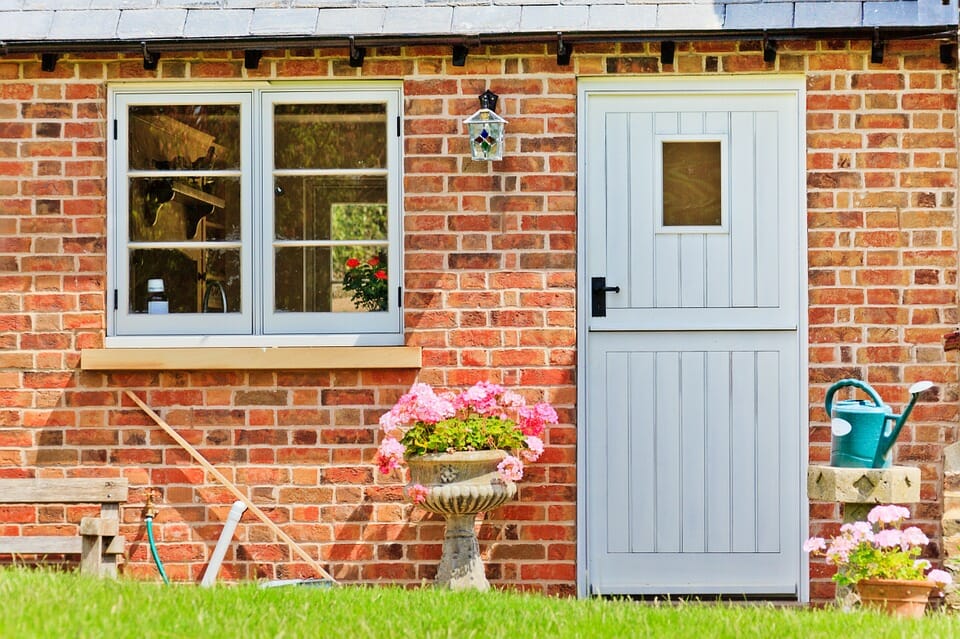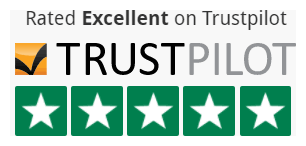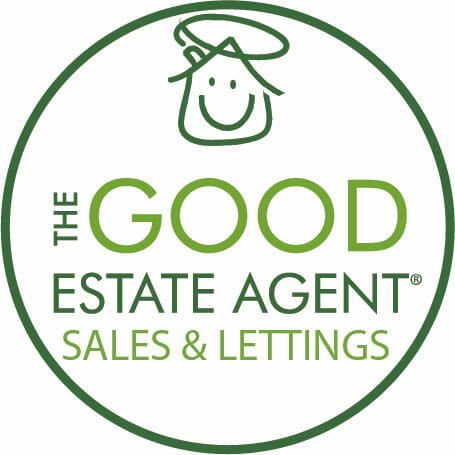Health and Safety Obligations for Landlords
As a landlord you’re legally obliged to provide safe accommodation for your tenants, ensuring that you do everything you can to minimise any risks as outlined in the Housing Health and Safety Rating System (HHSRS).
But what is it you’re responsible for? Here’s a checklist to help you get started on the basics:
Written Risk Assessment
Ideally completed by a qualified fire safety specialist annually or between tenancies, a written risk assessment is a must for your rental property.
Gas
Any gas fixtures and fittings you supply for your tenants use have to be installed and maintained by a Gas Safe registered engineer. Each year you need to ensure a gas safety check is carried out and you must give a copy of the gas safety certificate to your tenant when they move in.
Electrics
Legally you only need to have your electrical system checked every five years (if you own and rent out a HMO), however any electrical items you supply, along with the system itself, must be in a safe condition for your tenants to use.
Escape Routes
Covered as part of your risk assessment, escape routes can often become blocked over time, so it’s important to check these during any tenant visits and make sure the area is signposted properly to warn of the hazards of blocking an escape route.
Mould and Damp
The cause of many a complaint from tenants, mould and damp can cause serious health issues, so it’s important to find the source of the issue and treat it quickly. Ensure good ventilation throughout the property, instruct tenants on how to ensure air circulates throughout, paint bathrooms and kitchens with mould resistant paint and check for mould, damp patches and condensation on inspecting the property.
Alarms
By law there must be a working smoke alarm on every floor of the property, however if you rent out a property with any solid fuel burner appliances, it’s worth installing carbon monoxide alarms too.
Security
Ensure doors and windows are secure, boundary walls and fences are in good order and think about providing external lighting for your tenants
Furnishings
All furnishings and furniture you supply in the property must meet minimum safety standards/fire regulations and must feature a permanent label to reflect this.
Emergencies
Clear information should be displayed about what a tenant should do in an emergency. Who to contact in an emergency, what to do and how to reduce the chance of an injury occurring.
Operating Manuals
There’s nothing worse than moving into a new home and not being able to use the appliances supplied with the property so make sure you leave the operating manuals for the boiler, the cooker etc for your tenant to find.
Repairs
Under the Landlord and Tenant Act 1985 and its recent amendment, the Homes (Fitness for Human Habitation) Act 2018, you’re legally obliged to ensure the property is fit for habitation at the start of the tenancy and maintained in good condition throughout the tenancy. If the property or its fixtures and fittings fall into disrepair, you are responsible for ensuring they’re brought up to an appropriate standard.
Of course this list is by no means exhaustive. Why not talk to us about how The Good Estate Agent can help manage your property?


